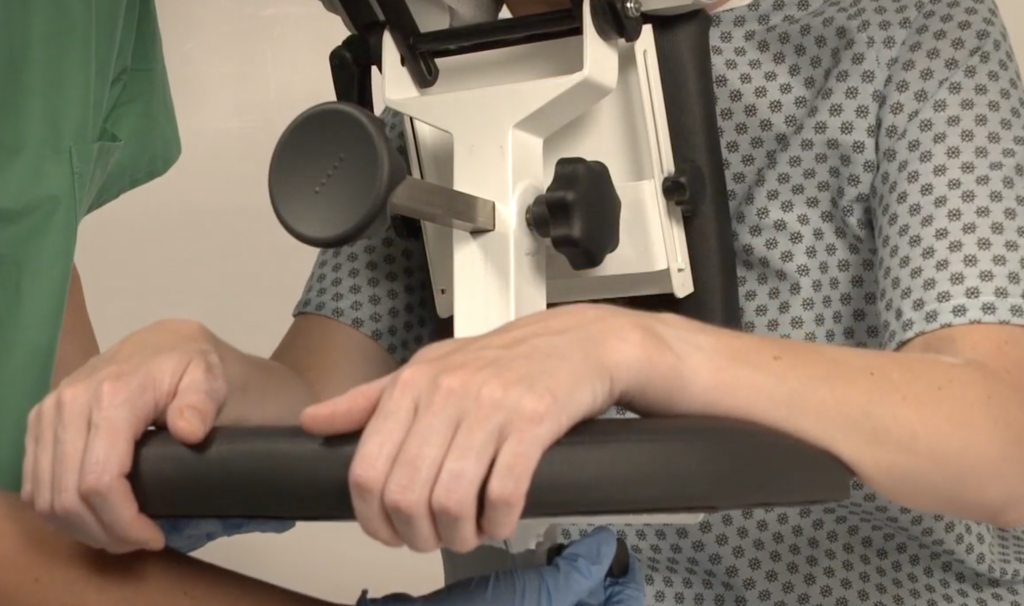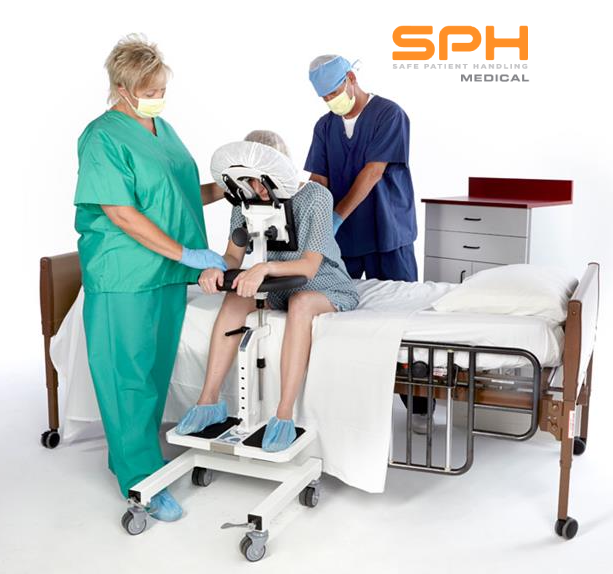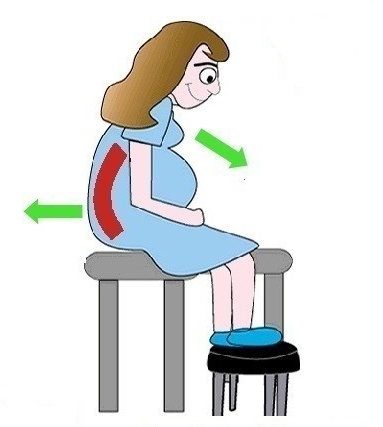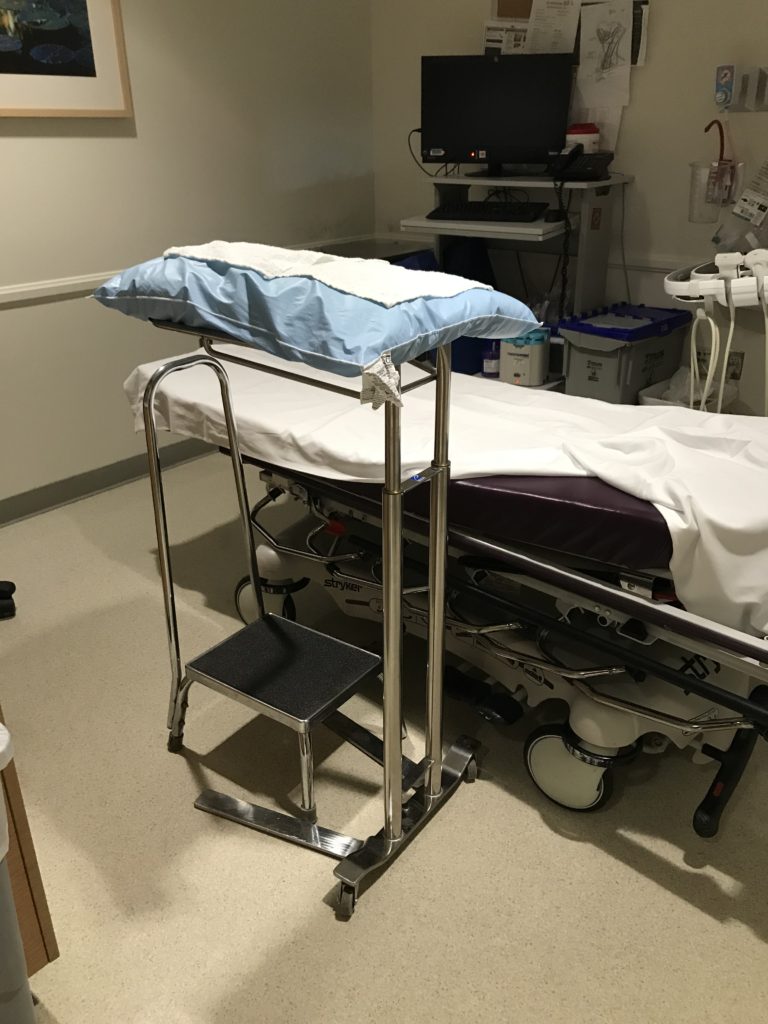The Epidural Chair, Reduce the Risk of Complications
Pain during labor is among the most common reasons that people get an epidural with over half of women in the US electing to receive epidural anesthesia. It is important to administer an epidural properly to ensure adequate pain relief and to reduce the risk of complications. Learning more about epidural pain relief and the epidural chair can help to ensure that you make an informed decision.
When an Epidural is Used
A doctor might recommend an epidural when you are in labor, for long-term pain relief for certain types of back and neck pain and to anesthetize you for certain surgical procedures. During surgery and labor, an epidural gives you continuous relief from your pain for your lower body. While you will not lose all feeling, it reduces the sensation of pain enough to keep you comfortable.
For neck or back pain, an epidural injection may be used that delivers numbing medicine and steroids to the painful area. The pain relief that you get lasts for up to a year for some people, but for others, it lasts for a few weeks. Your doctor might recommend these injections when you go through physical therapy to keep you more comfortable or instead of powerful pain medications.
Why is Proper Positioning Important?

The right position is critical for fast administration and for patient safety and comfort. Proper positioning can be especially challenging during labor since the patient’s episodic pain can make it harder for them to get into position and stay there until the epidural is complete.
When using an epidural chair or EPD, it allows the patient to naturally get into the proper position. It also gives them a structure to hold onto so that they can remain still enough for safe and proper insertion of the needle. This helps to ensure greater safety and it makes it easier to get the patient pain relief faster.
What is the Risk to the Patient?
If an epidural is not administered properly, there is the risk of injury to the patient. You could experience longer lasting tingling and numbness in your feet or legs. These effects could mean that nerve damage has occurred. For some people, these effects can last for several weeks. Should nerve damage be present, you might need further medical treatment.
Another risk is an epidural abscess affecting major nerves in the area and your spinal cord. Permanent nerve damage is possible if the infection goes untreated. In the most severe cases of an untreated epidural abscess, bodily function loss is possible.
Why Are Nurses at Risk of Injury During an Epidural?
During an epidural, nurses will help to position the patient and take care of any mobilization. This could include static holding of patients. All of these activities can stress the nurse’s body and even put them at risk for things like muscle strains. In the most severe of cases, ruptured spinal discs are possible due to abnormal twisting of the body.
How Does an Epidural Chair Benefit Nurses?

An Epidural Positioning Device takes a lot of stress off of the nurse’s body when preparing and helping a patient during an epidural. Nurses can adjust the EpiduralChair and once they help the patient into the proper position, they do not have to worry about static holding. All of this increases the nurse’s safety and makes everything more comfortable for the patient and the nurse.
Whether you have pain during labor or you are getting certain minor surgical procedure, epidural pain relief can make a big difference. To reduce discomfort during the epidural insertion, an epidural chair can make a big difference. It can also make the process go faster so that you get relief from your pain.




























 via Shutterstock
via Shutterstock
